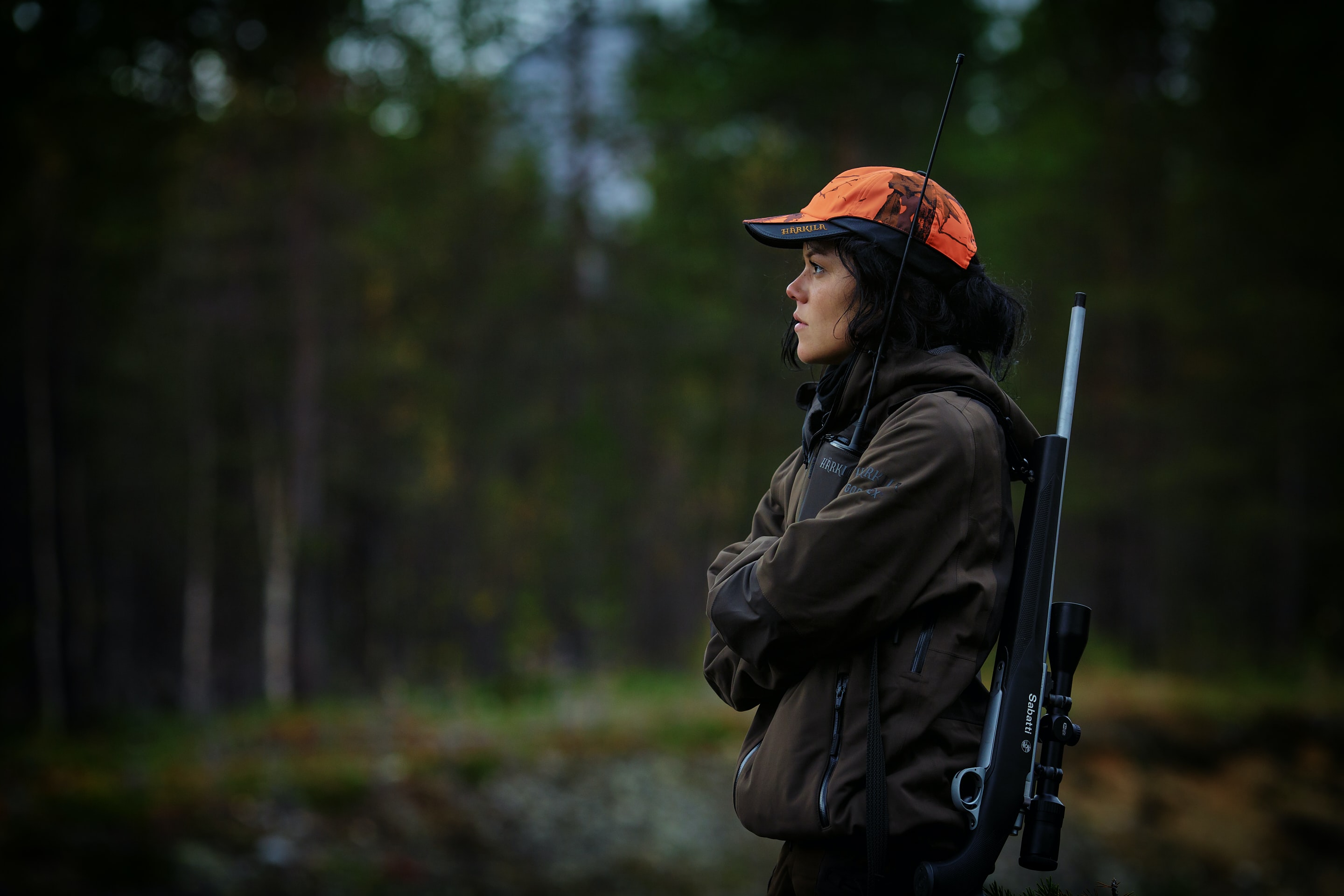
Lacerations: How to Control Bleeding
Direct Pressure & Elevation
Wound Packing
Pressure Dressings
Tourniquet

Injuries From Falls
Musculoskeletal Injuries: Fractures & Dislocations
Signs & Symptoms
- Pain, tenderness, or both on the bone or at the joint
- Swelling, bruising, or both
- Deformity to the limb or joint
- Altered pulse, feeling or ability to move an extremity
- Wounds with or without protruding bone
- Inability to use a limb or joint
Treatment
Spinal Injuries
Signs & Symptoms
- Pain, tenderness, or both on the spine
- Altered sensations including numbness, tingling, unusual hot or cold sensations in the hands and feet
- Weakness or paralysis
Treatment
- Control head movement with your hands or with head blocks
- Check the hands and feet for the ability to move and feel
- Protect the spine; unless you have training, move the patient as little as possible
- If you need to move the patient, do so slowly and carefully
- Seek medical support

Environmental Hazards: Heat & Cold
Signs & Symptoms of Heat Exhaustion
- Fatigue
- Nausea, vomiting, or both
- Loss of appetite
- Exercise-associated muscle cramps
- Dizziness with fainting
- Elevated heart rate and respiratory rate
- Skin: Cool and clammy, skin and mucous membranes may be pale or flushed
Treatment for Heat Illness
- Rest and avoid further heat stress
- Hydrate
- Treat exercise-associated muscle cramps with gentle stretching
- Evacuate if there is no improvement
Signs & Symptoms of Hypothermia
- Cold stress: Cold sensation and shivering with normal mental status
- Mild: Impaired ability to perform complex tasks, fine motor shivering, apathy, slurred speech, and “the umbles” (fumbling, stumbling, mumbling, grumbling)
- Moderate: Uncontrollably violent shivering, worsening of “the umbles,” altered mental status
- Severe: Shivering stops, muscular rigidity, decreasing mental status progressing to unresponsiveness, slow pulse, and slow respiratory rates
Treatment for Cold Stress to Mild Hypothermia
- Change the patient’s environment: Find shelter and get out of the wind
- Insulate the head, neck, hands, and feet
- Replace wet or damp clothing with dry garments
- Add wind and waterproof layers
- Consider a hypothermia wrap: patient in a sleeping bag, on a ground pad, with extra insulation under and around them, and wrapped in a windproof tarp; add heat packs or hot water bottles, insulating these to prevent burns
- Add calories: Encourage the patient to eat snacks or a meal; give warm, sweet, non-caffeinated, non-alcoholic liquids
- An alert patient who can stand can use exercise to generate heat
- A person with moderate-to-severe hypothermia should be carefully moved into dry insulation — a hypothermia wrap is ideal — while you seek medical care









